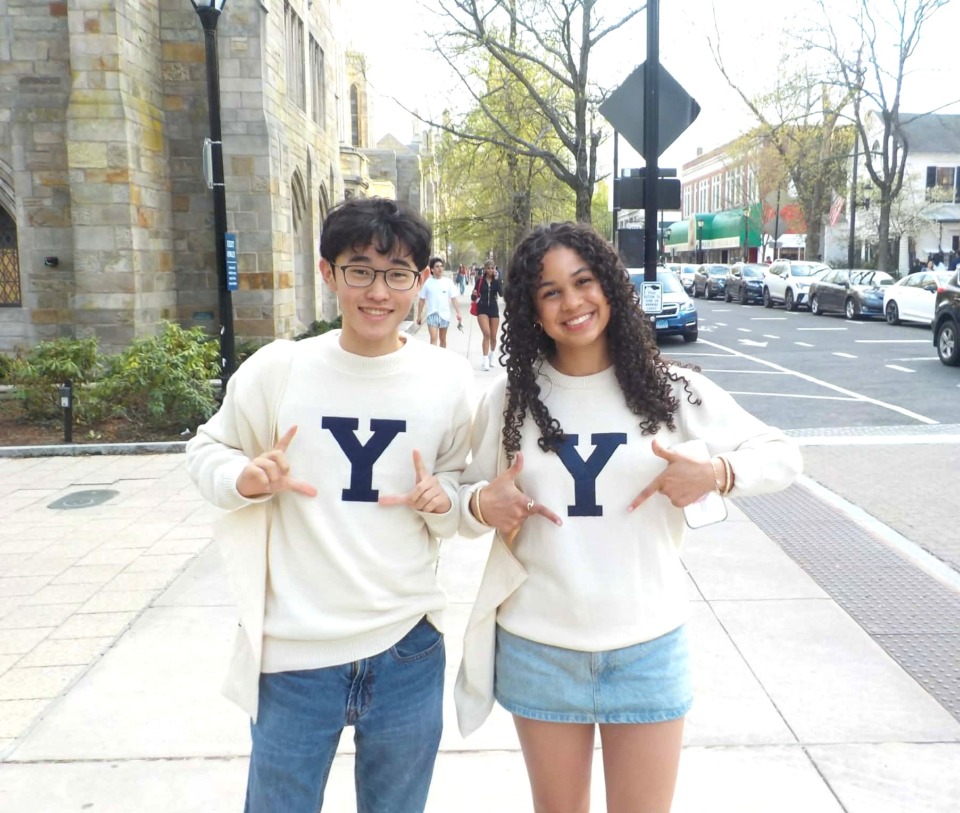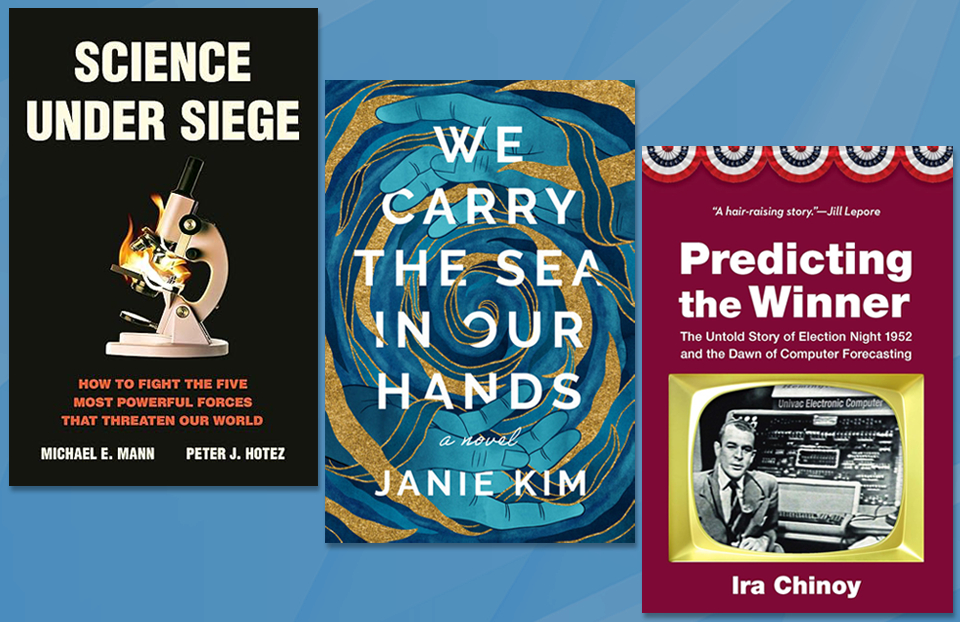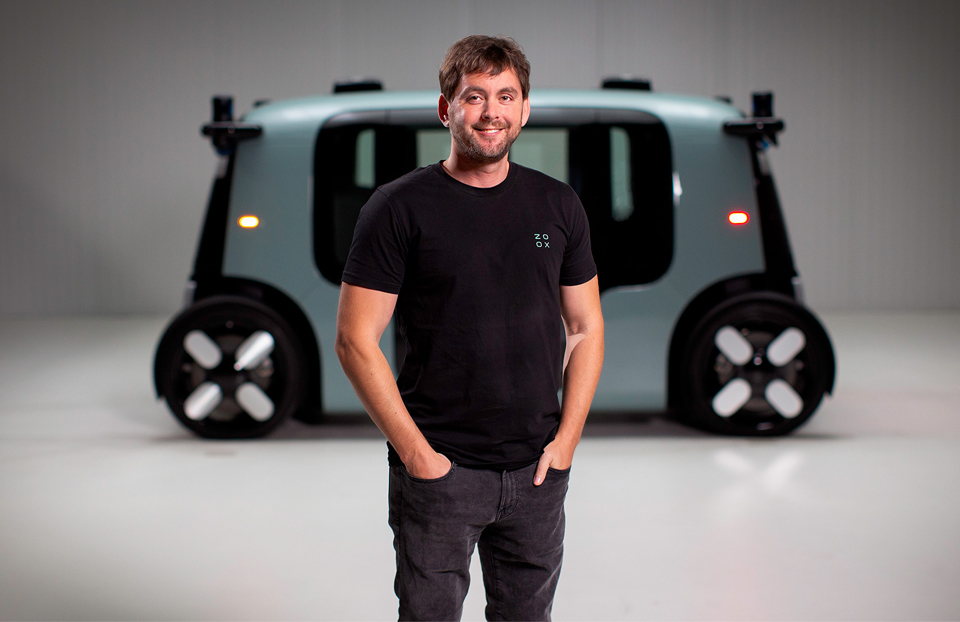Why this high school student chases utopias
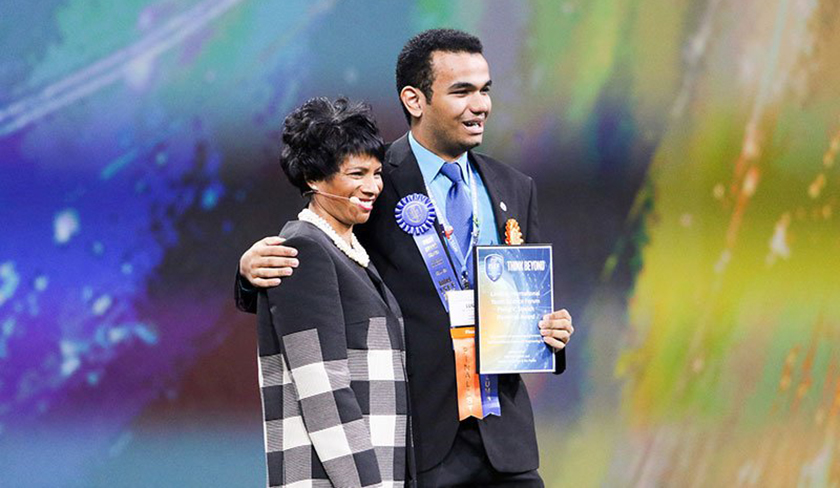
The human brain fascinates Luiz Fernando da Silva Borges, a Brazilian high school student. He works with brain-machine interfaces to understand the inner workings of the brain.
Read our interview with Luiz below to learn more about these interfaces, his current research on a method to communicate with people in comas, and why he chases utopias.
DESCRIBE YOUR BRAIN-MACHINE INTERFACE RESEARCH: Since last year, I’ve developed brain-machine interfaces inspired by the work of Brazilian neuroscientist Miguel Nicolelis. I realized that all the love, hate, masterpieces, every symphony, every act of bravery, every act of cowardice — all that humanity has done or will do is orchestrated by billions of cells that produce electrical storms.
All that humanity has done or will do is orchestrated by billions of cells that produce electrical storms.
Since 2015, I knew I wanted to research biomedical engineering and I fell in love with neuroscience. At Intel ISEF 2015, I had the opportunity to represent Brazil. I showcased a statistical model applied to thermodynamic processes in DNA amplifiers.
Help other young scientists chase their utopias and science fair dreams. Join the Society!
I was inspired by an episode of House, where phantom-limb syndrome (PLS) was discussed. I saw that PLS and techniques of brain-machine interfaces could be applied to increase the control efficiency of upper-limb prosthesis with tactile feedback.
WHAT ARE YOUR CURRENT STEM GOALS: I’m finishing articles for publication describing my new method to control robotic limbs and DNA amplifiers.
My goal is to become a neuroengineering researcher and build devices that can assist in the treatment of nervous system diseases, or even transcend the human ability to think, retain information, and control devices by thoughts. I’m working on developing a method that can make bedside communication possible with people who were diagnosed as being in a vegetative state. My advisor for this current research, Lucas Trambaiolli, was a 2006 Intel ISEF alum.
I used to watch the [Intel ISEF] Grand Awards ceremony live on the Internet, always wanting to be on that stage.
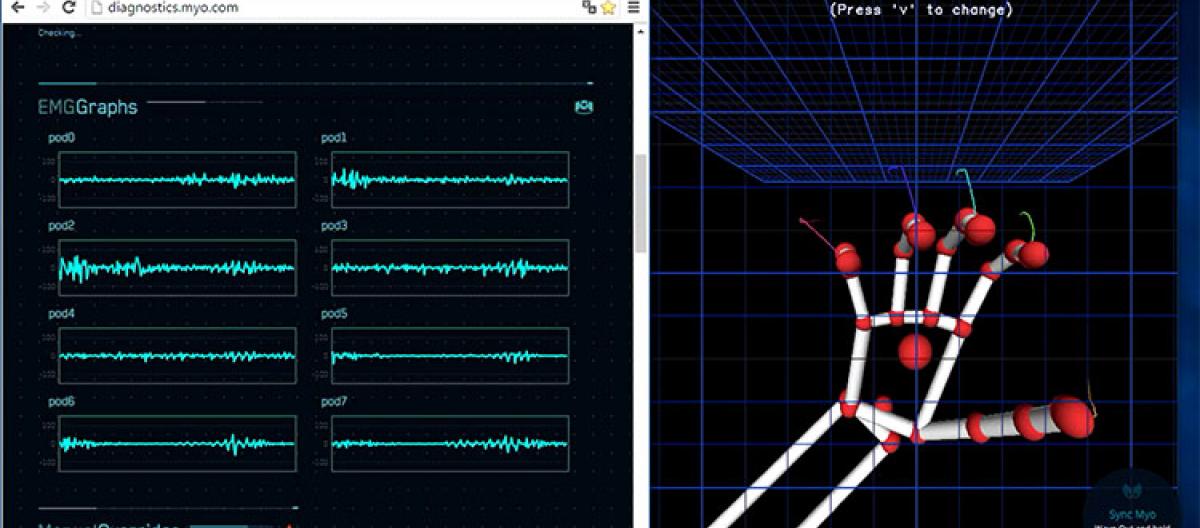
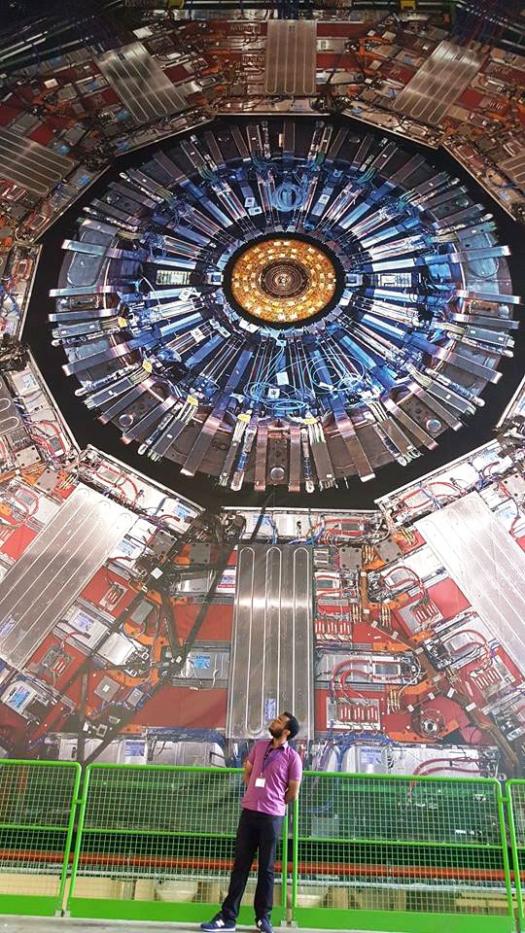
ON ACHIEVING HIS CHILDHOOD DREAM TO GO TO INTEL ISEF: I achieved a childhood dream in 2015 when I attended Intel ISEF. I used to watch the Grand Awards ceremony live on the Internet, always wanting to be on that stage.
Although we speak different languages, we share the same vision: to change the world with our ideas.
Nothing was better than talking to finalists around the world. Although we speak different languages, we share the same vision: to change the world with our ideas.
Through science fairs, I discovered the super power called the scientific method.
As a kid, I had tremendous luck to have the opportunity to watch dubbed Portuguese versions of European and North American TV shows created to interest kids in science, like Tous Sur Orbite, Evas Funkarprogram, Beakman’s World, and Cosmos (the Carl Sagan version). These shows convinced me to never fail to observe the world around me and always stay curious.
While watching these shows at 7-years-old, I saw advertisements for the Brazilian science and engineering fair (FEBRACE) and opportunities to qualify for Intel ISEF. Since then, my dream was going to Intel ISEF and being with people like me, who love to invent and discover.
ADVICE FOR OTHERS INTERESTED IN STEM: It is very difficult to give valid advice to my colleagues in today’s information age, where they can access most information a click away.
When we pursue big dreams, even failure is worth the risk.
I would tell them what guides me every day: chasing utopias. I believe that when we pursue big dreams, even failure is worth the risk. When we pursue a dream that we find impossible, the results through the journey are always larger than the results from the realization of a dream not as bold.
To quote my favorite Spanish filmmaker Fernando Birri, “Utopia is on the horizon. I move two steps closer; it moves two steps away. I walk another ten steps and the horizon runs ten steps further away. As much as I may walk, I’ll never reach it. So what’s the point of utopia? The point is: to keep walking forward.”
